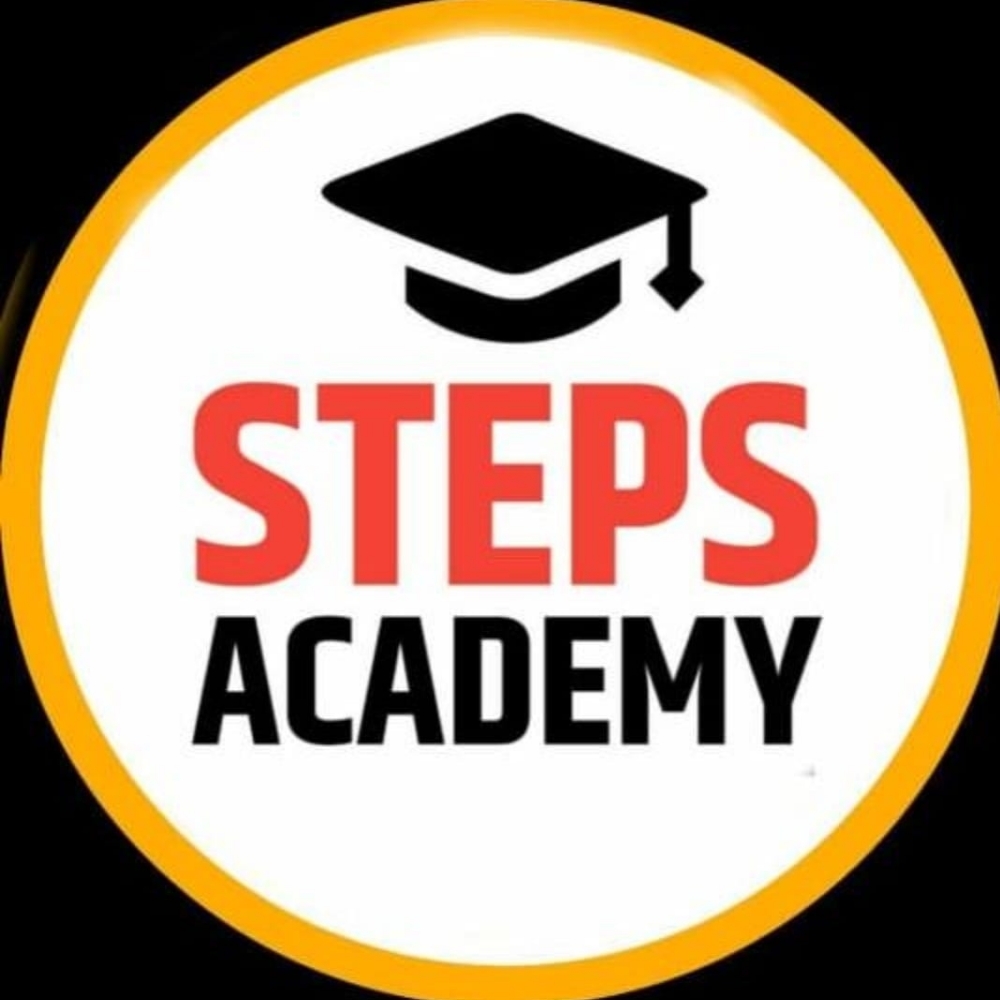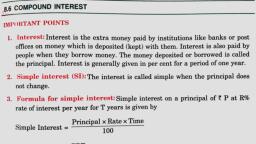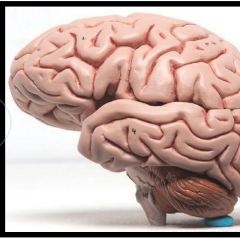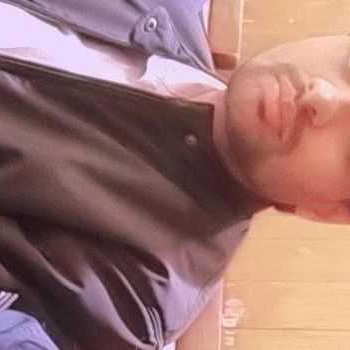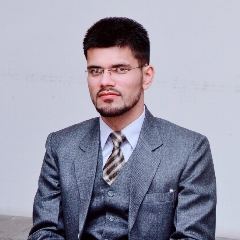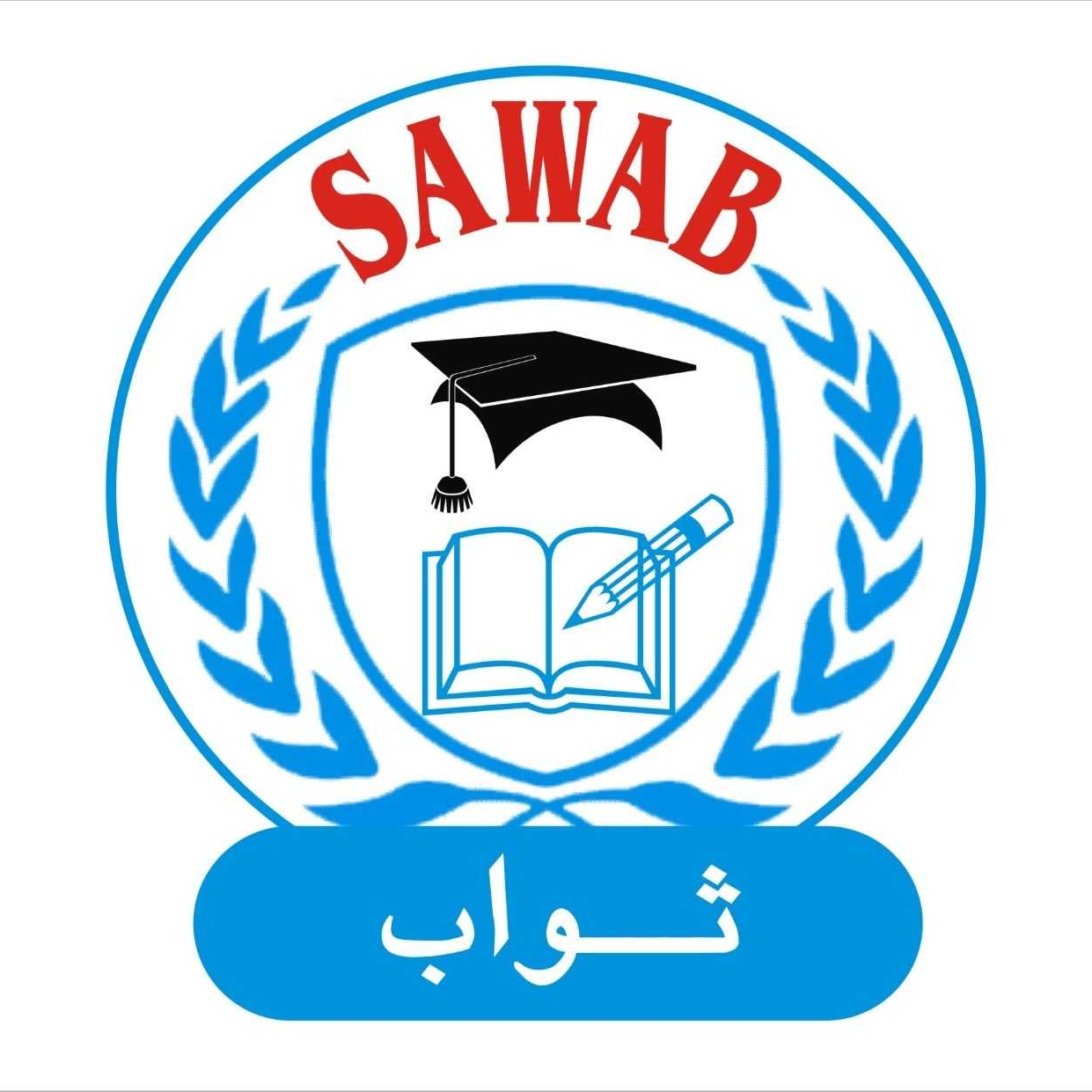Question 2 :
Some vascular bundles are described as open because these (Main 2011)
Question 5 :
<p>Select the characters, which are not applicable to the family-Solanaceae?</p><p>I.Epipetalous and syngenesious anthers</p><p>II.Bicarpellary and syncarpous ovary</p><p>III.Oblique ovary with axile placentation</p><p>IV.Stamens six, arranged in two whorls</p><p>V.Bicarpellary, syncarpous and inferior ovary</p>
Question 6 :
<p>Which of the following are not true cells in the blood?</p>
Question 7 :
Read the statements with regard to frog. Which of the statement is /are correct and incorrect ?<br>(i) The medulla oblongata passes out through foramen of monro and continues into spinal cord.<br>(ii) Vasa efferentia are 10 - 12 in number that arise from testes.<br>(iii) Ovaries have no functional connection with kidneys<br>(iv) Frogs are uricotelic.
Question 10 :
<p>The skin of frog is slippery and smooth due to the presence of</p>
Question 11 :
Bark formed early in the season is called ______ bark and towards the end is called ______ bark.
Question 14 :
I. Forms major component within organs <br>II. Cell wall - thin, cellulosic <br>III. Shape of cells - generally isodiametric <br>IV. Intercellular space - Present / absent <br>V. Photosynthetic, storage or secretory in function <br>The above characters are attributed to -
Question 16 :
{tex}\mathrm{Assertion : }{/tex} The regulation of RBC production is accomplished by FSH. <br>{tex}\mathrm{Reason : }{/tex}Erythropoietin hormone circulates to kidney where it increases stem cell mitosis and speed up development of RBC's.
Question 17 :
Animal tissues are broadly classified into 4 types on the basis of -
Question 22 :
<b>Assertion: </b>Xerophytic leaves may contain stomatai crypts or sunken stomata. <br><b>Reason: </b>Spongy parenchyma is more in xerophytic leaves.
Question 23 :
For a critical study of secondary growth in plants,which one of the following pairs is suitable?
Question 25 :
The given figure shows the digestive system of cockroach with few structures marked as A, B, C and D. Identify structures A to D.<br /><img style='object-fit:contain' src="https://s3.ap-south-1.amazonaws.com/me-p/5f4cc8fe16d7e6154e45104f.jpg" />
Question 27 :
<p>Which of the following represents the male reproductive organ in a flower?</p>
Question 28 :
<p>The kind of tissue that forms the supportive structure in our pinna (external ears) is also found in</p>
Question 30 :
<p>In the exoskeleton of the cockroach, sclerites are joined to each other by</p>
Question 35 :
Cockroaches are brown or black bodied animals that are included in class _______ of phylum _______.
Question 42 :
Which of the following cells is an epidermal cell containing chloroplast?
Question 44 :
<p>A group of similar cells which along with intercellular substances perform a specific function in multicellular organisms are called</p>
Question 46 :
<p>Identify <img style='object-fit:contain' src="https://storage.googleapis.com/teachmint/question_assets/NEET/5ed0bd336c869438cbeec022"/>to <img style='object-fit:contain' src="https://storage.googleapis.com/teachmint/question_assets/NEET/5ed0bd336c869438cbeec025"/>in the given diagram of areolar tissue</p><p><img style='object-fit:contain' src="https://storage.googleapis.com/teachmint/question_assets/NEET/5ed0bd7dc5b3c62621c7a762"/></p>
Question 47 :
Dead cells with narrow lumen, lignified cell wall with a few or numerous pits and serving a mechanical function only are called
Question 50 :
From evolutionary point of view, tracheids and sieve cells are more primitive than tracheae and sieve tubes respectively. The angiosperms have
Question 51 :
In which of the following, the phloem is located only on the outer side of the xylem
Question 53 :
Match column-I with column-II and choose the correct option.
<table>
<tbody>
<tr>
<td>Column-I</td>
<td>Column-II</td>
</tr>
<tr>
<td>A. Periplaneta americana</td>
<td>I. Hepatic caecae </td>
</tr>
<tr>
<td>B. A ring of 6-8 blind tubules</td>
<td>II. Phylum arthropoda </td>
</tr>
<tr>
<td>C. Vascular system</td>
<td>III. Spiracles</td>
</tr>
<tr>
<td>D. 10 pairs of small holes</td>
<td>IV. Malpighian tubules </td>
</tr>
<tr>
<td>E. Excretion</td>
<td>V. Open type</td>
</tr>
</tbody>
</table>
Question 54 :
The following features belong to which option?<br>I. Epidermis may bear trachoma and few stomata.<br>II. Cortex is divided into three sub-zones.<br>III. Hypodermis is made up of collenchymas starch sheath.<br>IV. Pericycle above phloem is in the form of semilunar patches of sclerenchyma.
Question 55 :
Identify the group, which includes all of which are living cells.
Question 56 :
In a vascular bundle, if xylem vessels develop in a centripetal fashion, the xylem is likely to be
Question 59 :
Read the following statements with 1 -2 blanks in each one of them.<br>(i) In monocot root, a large number of vascular bundles are arranged in the form of a ____ around the central ____<br>(ii) Due to the presence of ______ the endodermal cells do not allow wall to wall movement of substances between cortex and pericycle, in a primary dicot root.<br>(iii) The epidermis of stem of sunflower bears several unbranched _____ hair.<br>(iv) the central portion of a dicot stem is usually occupied by ____ comprising of thin walled <br>parenchymatous cells.<br>Fill in the blanks in the above statements and select the correct option for any two of them.
Question 60 :
{tex} \mathrm{Assertion}{/tex}: Pith is large and well developed in monocots. <br>{tex} \mathrm{Reason}{/tex}: Monocot root do not undergo any secondary growth.
Question 61 :
<p>The nasal chamber of rabbit has three thin twisted bony plates called conchae. They are lined by</p>
Question 62 :
The annular and spirally thickened conducting elements generally develop in the protoxylem when the root or stem is
Question 63 :
Assertion : Extracellular materials help in separation of cells. <br>Reason : Cell junctions are formed by extra cellular materials.
Question 64 :
A Plant tissue, when stained, showed the presence of hemicelluloses and pectin in cell wall of its cells. The tissue represents.
Question 67 :
A common structural feature of vessel elements and sieve tube elements is (2006)
Question 68 :
Which one of the following correctly describes the location of some body parts in the earthworm {tex}Pheretima{/tex}?
Question 69 :
<b>Assertion: </b>Trichomes helps in preventing water loss due to transpiration. <br><b>Reason: </b>On the stem, the epidermal hairs are called trichomes.
Question 74 :
Identify figure - I and II respectively<br> <img style='object-fit:contain' src='https://storage.googleapis.com/teachmint/question_assets/NEET/5eccaf27bfb61641a6cb6e63' class="uploaded-image" />
Question 75 :
Vasa deferentia of testis in earthworm run upto ____ segment where they join the _____ duct -
Question 77 :
<p> <font face="Cambria Math, serif">The floral formula </font> <img style='object-fit:contain' align="bottom" height="30" src="https://storage.googleapis.com/teachmint/question_assets/NEET/5ff7fdfff055a67f16a22c64" width="129"/> <font face="Cambria Math, serif">is that of</font></p>
Question 78 :
<p>Which of the following are the wax secreting cells in cockroach?</p>
Question 79 :
<p>In frog, a solid muscular organ situated in the upper part of the body cavity is</p>
Question 81 :
Refer the given figure of female reproductive system of cockroach and identify the correct labels (marked as 1, 2, 3 and 4) which are collectively called genital pouch.<br /><img style='object-fit:contain' src="https://s3.ap-south-1.amazonaws.com/me-p/5f4cd04c16d7e6154e45105b.jpg" />
Question 83 :
<p> <font face="Cambria Math, serif">The clitellum divides the body of earthworm into …… regions</font></p>
Question 87 :
<p> <font face="Cambria Math, serif">Which of the following is a fatty oil yielding plant?</font></p>
Question 88 :
<p> <font face="Cambria Math, serif">The female reproductive system of the cockroach consists of</font></p>
Question 90 :
<p> <font face="Cambria Math, serif">Which of the above following are simple tissues?</font></p> <p> <font face="Cambria Math, serif">I. Parenchyma</font></p> <p> <font face="Cambria Math, serif">II. Collenchyma</font></p> <p><font face="Cambria Math, serif">III. Sclerenchyma</font></p>
Question 93 :
<p>When leaflets are even in number they are called …A… .</p><p>When leaflets are odd in number called they are …B.. .</p><p>Here A and B refers to:</p>
Question 95 :
When we peel the skin of a potato tuber, we remove
Question 98 :
<p> <font face="Cambria Math, serif">Ground tissue does not include</font></p> <p> <font face="Cambria Math, serif">I. epidermis</font></p> <p> <font face="Cambria Math, serif">II. vascular bundle</font></p> <p> <font face="Cambria Math, serif">III. sclerenchyma</font></p> <p> <font face="Cambria Math, serif">IV. collenchyma</font></p> <p> <font face="Cambria Math, serif">V. parenchyma</font></p> <p> <font face="Cambria Math, serif">Select the right combination from the above given options</font></p>
Question 99 :
<p> <font face="Cambria Math, serif">The cork is impervious to water due to</font></p>
Question 100 :
A student was given a tissue to observe under the microscope. He observes the tissue and concludes that the tissue is a type of simple plant tissue and provides mechanical support to young stem and petiole of leaf. Identify the tissue.
Question 101 :
<p> <font face="Cambria Math, serif">On the basis of structures and functions animal tissues are classified into</font></p>
Question 102 :
Which of the following vertebrate tissues would be an excellent source of collagen?
Question 103 :
Read the following statements and answer the question. <br>(i) It is made of a single thin layer of flattened cells with irregular boundaries. <br>(ii) They are found in the walls of blood vessels and air sacs of lungs. <br>(iii) They are involved in functions like forming a diffusion boundary. Which of the following characteristics of tissue is being described by the above statements ?
Question 106 :
<p>Vascular bundles are arranged in a ring in the members of family </p>
Question 108 :
<p> <font face="Cambria Math, serif">In which plant underground stems spread to new niches and when older parts die new plants are formed?</font></p>
Question 109 :
<p>The flower shown in the adjacent diagram is</p><p><img style='object-fit:contain' alt="Description: D:\Common Folder\scan\biology\5.morphology of flowering plant\topic 5 q no 76.jpg" src="https://storage.googleapis.com/teachmint/question_assets/NEET/5ed0a72c6c869438cbeeb7ea"/></p>
Question 111 :
In which one of the following is nitrogen not a constituent ? (2003)
Question 112 :
Match the terms given in column I with their features given in column II and choose the correct option. <table><tr><td>Column-I(Terms)</td><td>Column-II (Features)</td></tr> <tr><td>A. Fibres</td><td>I. Cells are living and thin walled with cellulosic cell wall, store food materials in the form of starch or fat</td></tr> <tr><td>B. Sclereids</td><td>II. Main water conductive cells of the pteridophytes and the gymnosperms</td></tr> <tr><td>C. Tracheids</td><td>III. Thick walled, elongated and pointed cells, generally occurring in groups</td></tr> <tr><td>D. Vessels</td><td>IV. Long cylindrical tube like structure and cells are devoid of protoplasm. Characteristic feature of angiosperms</td></tr> <tr><td>E. Xylem parenchyma</td><td>V. Reduced form of sclerenchyma cells with highly thickened lignified cellular walls that form small bundles of durable layers of tissue in most plants.</td></tr></table>
Question 114 :
<p>Which of the following tissues provides a covering layer for some of the body parts?</p>
Question 115 :
The regions of the stem where leaves are borne are called ____________ while ____________ are the portions between two ____________.
Question 118 :
<p> ‘<font face="Cambria Math, serif">Exarch’ is the condition of vascular bundles in which</font></p>
Question 119 :
Read the following statements and answer the questions. <br>(i) It is made up of elongated, tapering cylindrical cells which have dense cytoplasm and nucleus. <br>(ii) The cell wall is composed of cellulose and has pits through which plasmodesmatal connections exist between the cells. <br>(iii) It is absent in most of the monocotyledons. Which part of plant tissue is being described by the above statements?
Question 120 :
<p> <font face="Cambria Math, serif">Modification of petiole into leaf-like structure is called</font></p>
Question 122 :
<p> <font face="Cambria Math, serif">The nasal chamber of rabbit has three thin twisted bony plates called conchae. They are lined by</font></p>
Question 123 :
The given figure shows T.S. of monocot stem. Identify the correct labelling of A to F marked in the given figure.
Question 124 :
<p> <font face="Cambria Math, serif">How many litres of blood is present in normal human body?</font></p>
Question 125 :
<p> <font face="Cambria Math, serif">In cockroach, larval and nymphal characters are maintained by</font></p>
